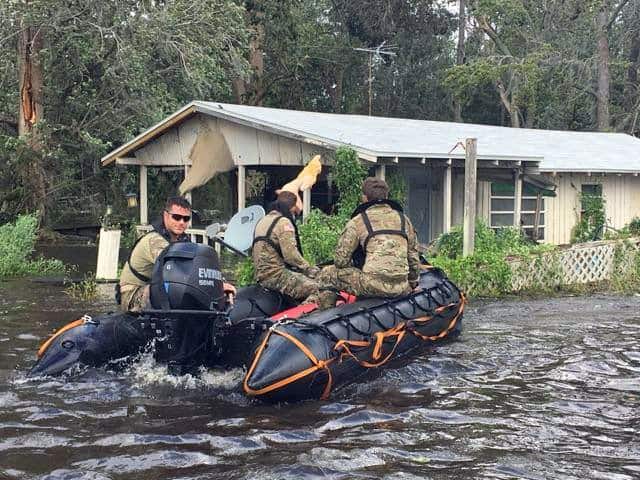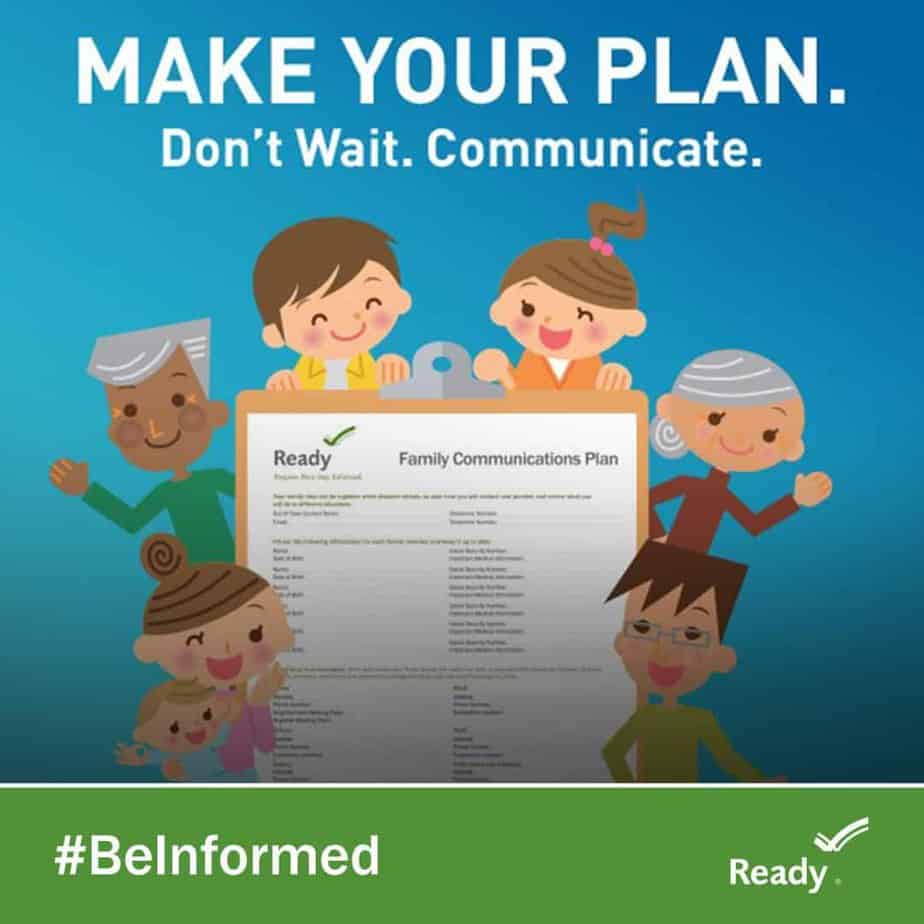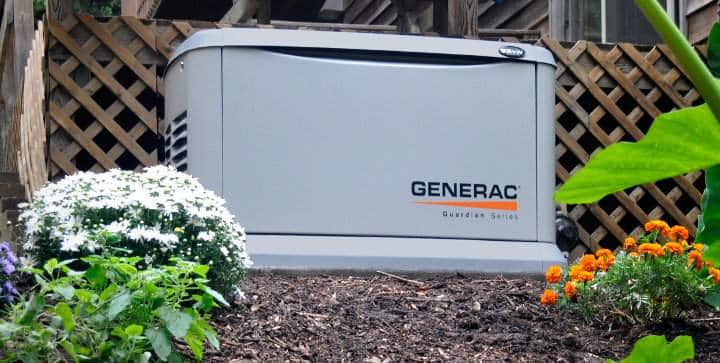Catastrophic Damage to Islands–Flooding in Florida—Officials Urge Safety First as Death Toll Rises
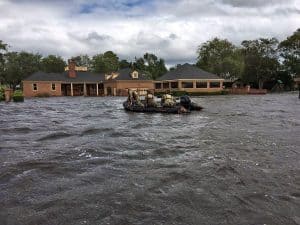
Florida National Guard using boats to conduct house-to-house search and rescue for people and pets in Jacksonville, Florida (FLNG Photo)
Hurricane Irma, fueled by a combination of warm ocean temperatures and a lack of interfering weather patterns grew into a monster hurricane with 185 MPH sustained winds and 225 MPH gusts. It made a direct hit on St. Martin where one third of the island’s homes were destroyed and many more were severely damaged.
By Tuesday afternoon, the death toll had risen to 37 people, including 12 in the United States.
Need a Portable Right Away? Norwall Can Ship from Stock Today
Irma marched into the Straits of Florida and at first it appeared would only weaken slightly, if at all. A pressure ridge to the north delayed the turn just long enough to shift Irma slightly west and by then it was beginning to encounter less than favorable conditions. The shift and delay may have played a part in the higher storm surge than was originally anticipated. Jacksonville, on the opposite side of the peninsula, experienced record flooding and a surge of over seven feet.
How did your portable or standby generator weather Hurricane Irma? Do you have a story or pictures to share? Let us know at marketing@norwall.com We won’t share your location or your information, but we might highlight your extraordinary story.
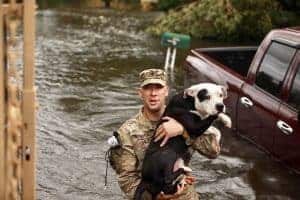
People are not the only residents needing rescue.
In the Florida Keys, 25 percent of the homes were destroyed and another 65 percent suffered major damage, according to FEMA, the Federal Emergency Management Agency. Irma’s wind field was much wider than the Florida Panhandle and most of the peninsula experienced hurricane-force or near hurricane-force winds. Storm surge along both the east and west coast stranded many residents prompting rescues by the Florida National Guard, the US Coast Guard, and others.
Replacing your Home Standby Generator after a Flood
As the storm moved north and out of the state, more than 13 million people in Florida, South Carolina, North Carolina, and Georgia were left without power. Utilities staged out-of-state repair crews to begin repairs as soon as possible. Though many customers were restored early, utilities say it may take weeks to restore everyone. Utilities report they had restored power for some two million customers by 2:00 PM Tuesday, but additional outages continue
Must Know Information

90 percent of all homes were severely damaged or destroyed in the Florida Keys by 90-MPH winds and 15-foot storm surge
- Florida provides up-to-date information at floridadisaster.org
- If you need help call 911. Mariners should use VHF channel 16.
- Listen to local officials for updates and instructions.
- Use Text Messages or Social Media to Check in with Family.
- Beware of downed power lines and dangerous debris.
- Do not drive into or walk into flood water.
- Stay out of damaged buildings until declared safe.
- Photograph damage to your property for insurance claims.
- Stay away from areas closed by officials until the all clear is given.
- Do not return to your home until local officials have declared the area safe.
Power Outage Safety

A Portable Generator provides emergency power during an outage after a storm.
Even though your power is out, a downed utility line could be live. Stay away from downed utility lines. Remember that flood waters can hide downed lines and pose a serious risk of electrocution.
Use portable generators safely. One death attributed to Irma occurred when a man died of carbon monoxide poisoning when he ran his generator indoors. Never run generators in a house, garage, shed, or other enclosed structure. The exhaust fumes can reach toxic levels in just minutes and keeping doors and windows open won’t make it safe.
Use Portable Generators only as needed to conserve fuel, keep food cold, and charge mobile devices. Locate them at least 20 feet from your house and secure them to prevent theft. Use power cords for outdoor use and keep them out of the water.
Portable Generator Placement for Safety
Never attempt to backfeed your home by connecting a generator to an appliance outlet. It could inadvertently energize the utility lines and endanger workers or anyone who accidentally contacted a downed line. Only use a transfer switch or extension cords.
Communications

Facebook allows users to mark themselves safe during disasters for friends and families
Text messages are a good way to contact friends and family where cell phone service is spotty or weak. As landlines await service restoration, reliance on cell service spikes and voice circuits are overwhelmed. Text messages only take a fraction of a second to connect, send, and disconnect making text the best way to get a message through.
Check in with family and friends. Choose a single out-of-state family member to serve as a point of contact to let other family members know you are safe.
If you’re having difficulty loading a website because of spotty service or a slow connection, try turning off your browser images in the browser settings. Text only modes load websites much faster.
Safety First
Make good decisions regarding your family’s safety. Don’t be in a hurry to return just to see the damage. Follow the instructions of local officials. Governor Scott’s advice remains sound. You can rebuild your home, but you can’t rebuild your life.

